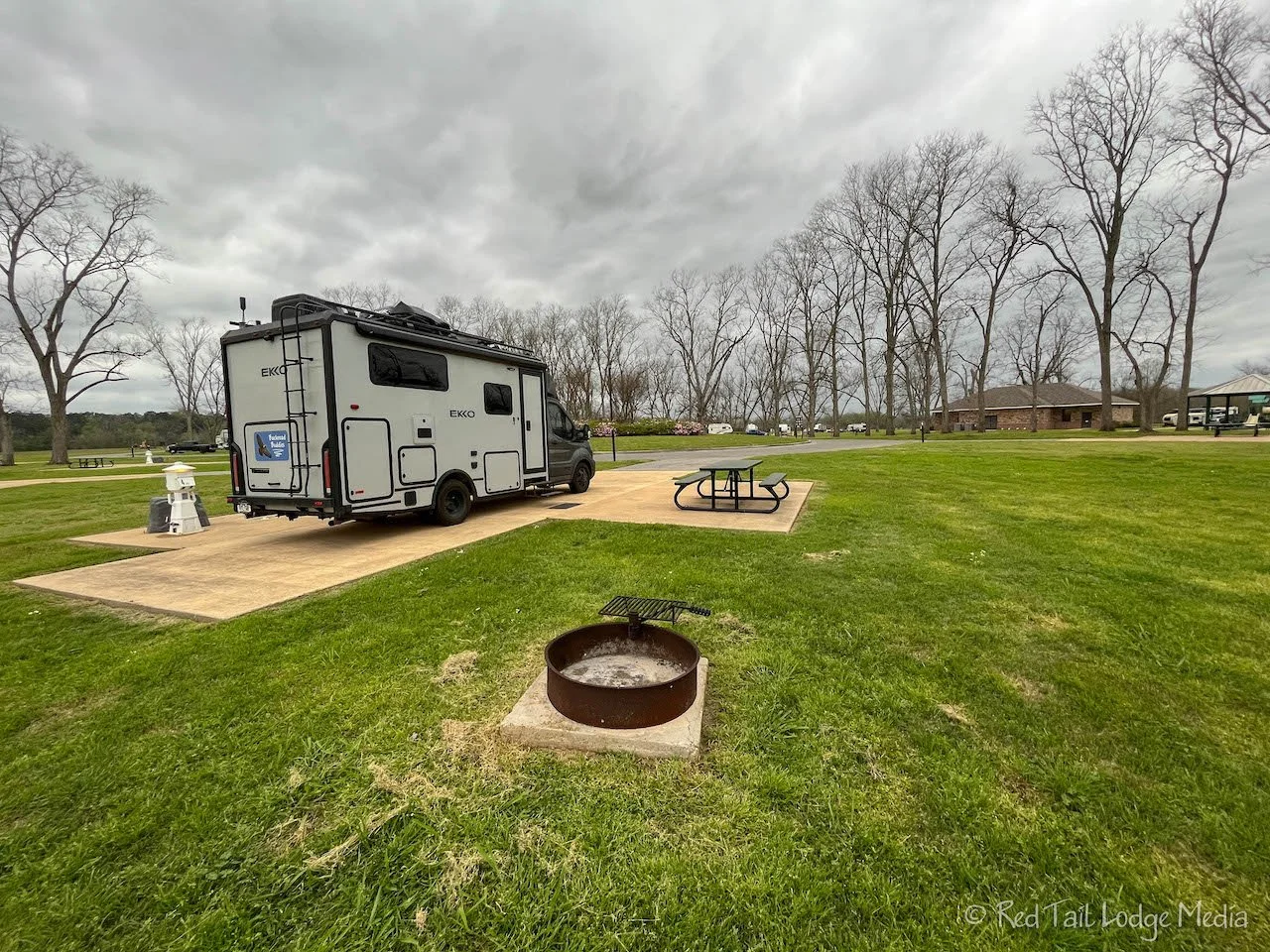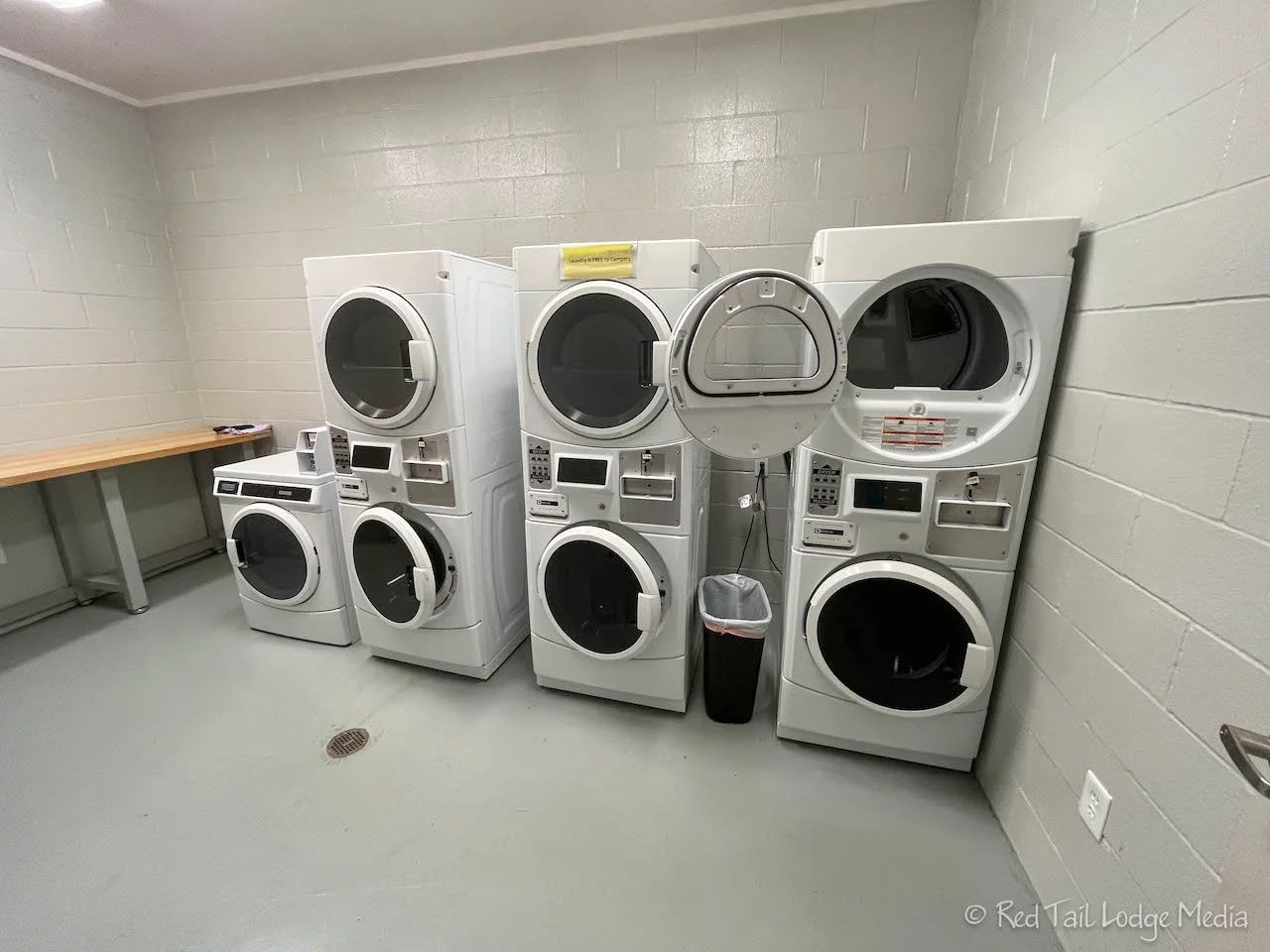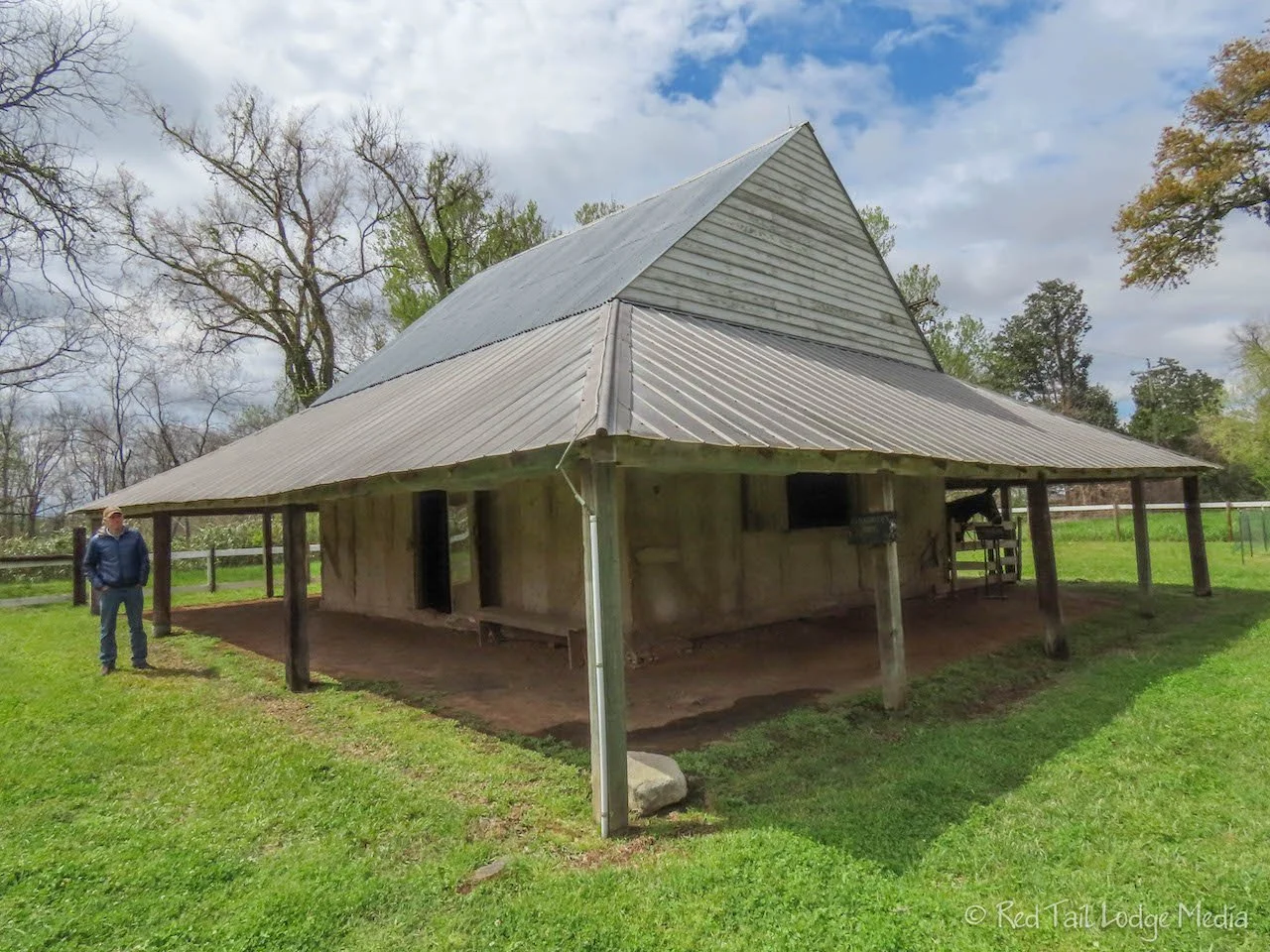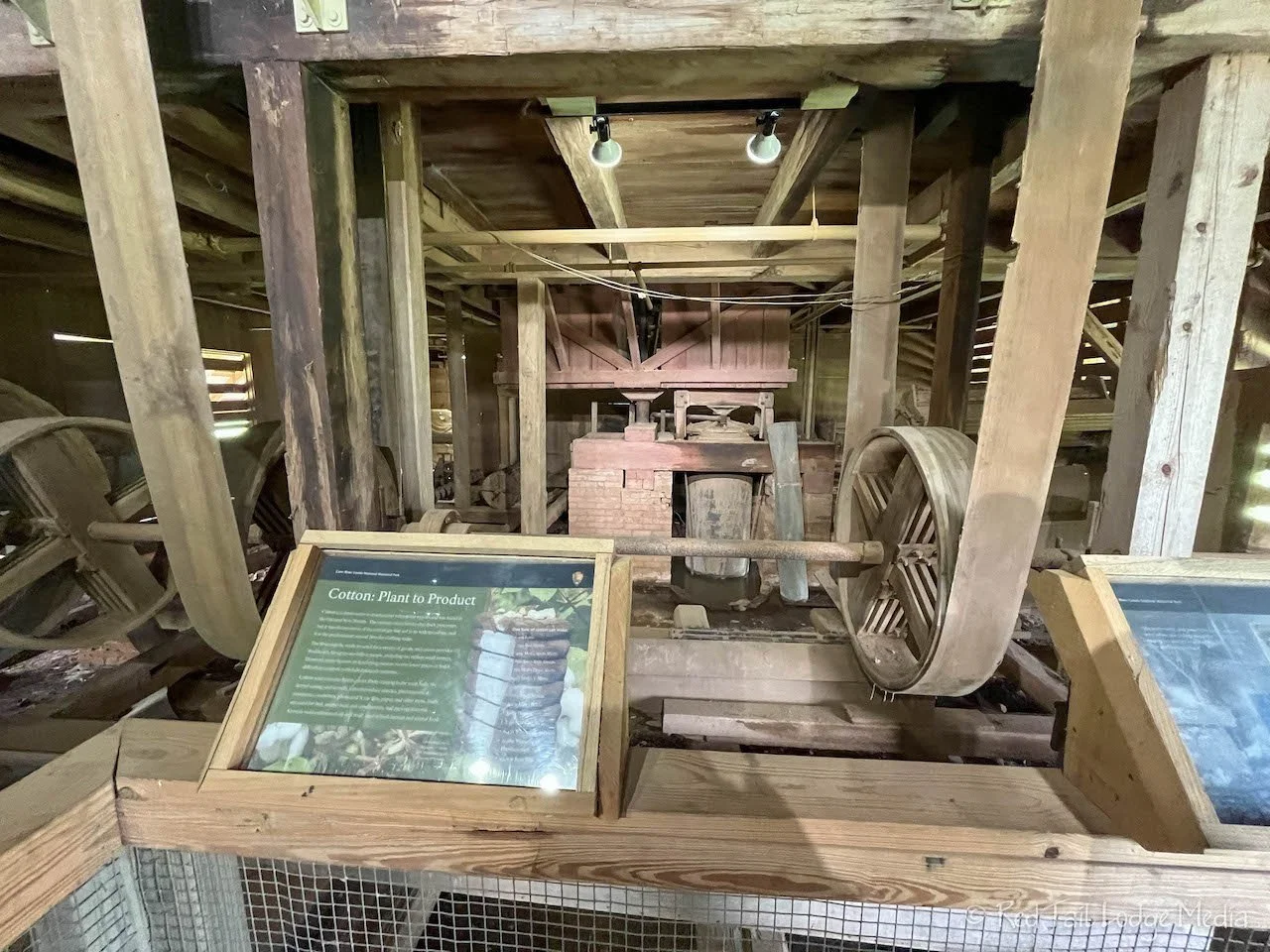Cane River National Heritage Area, Louisiana - March 16th to 18th, 2023
The Cane River is not a river, but a lake that used to be where the Red River flowed. The area contains about a dozen sites that are part of the Cane River National Heritage Area, including the Oakland Plantation and the Magnolia Plantation of the Cane River Creole National Historical Park, along with the National Historic Landmark District of the City of Natchitoches. We spent two full days exploring all three of those sites.
Thursday we drove from Crater of Diamonds State Park in Arkansas to Grand Ecore RV Park in Louisiana. We took the backroads to get there, avoiding the interstate highways. The roads wound through the rolling countryside, past chicken farms, cattle ranches, and through the woods. We passed by lots of little shacks, some of them looked abandoned, but some were occupied. It rained most of the day. In the town of Hope, Arkansas, we stopped at the Piggly Wiggly grocery store to pick up supplies for the week. Then we parked in the town’s Fair Park, next to a couple of ponds, to eat our lunch. From our dry spot inside Red Tail, we enjoyed watching the ducks and geese while we ate.
Grand Ecore RV Park is within a recreational area governed by the Red River Waterway Commission. Turning onto the road that leads to the RV park, there is a welcome sign by the Corps of Engineers. We’re not sure what the full relationship is between these three entities. Grand Ecore RV Park appears to be a privately run RV park, but their nice facilities are on par with other campgrounds built by the Army Corps of Engineers. What we didn’t realize at the time was that there is a visitor’s center, the Grand Ecore Visitor’s Center, on the road leading to the campground. It is also part of the Cane River National Heritage Area. The visitor center contains exhibits and has free admission.
The sites of the campground are nicely spaced, with full hookups, along with a bathhouse and activity center. There are washers and dryers inside the bathhouse which are free for campers. An access code is needed to enter the gate at the entrance to the campground. Luckily we showed up before the office closed at 7 pm, because we didn’t have the code yet.
After dinner, the sky really let loose. Thunderstorms lasted until morning. The rain made a pleasant sound on Red Tail’s (our Winnebago EKKO’s) roof to lull us to sleep, but the loud thunder would wake us up.
It was still raining Friday morning, but was supposed to clear up around noon. We had a relaxing morning, then packed up around 10:30 am and headed into the town of Natchitoches (pronounced na-kuh-tuhsh). For a treat, we stopped at the Storybrew coffee shop. Along with our usual chai lattes, Ann got a piece of pistachio cake while Keith had a ham and cheese stuffed bun. The shop has some cute decorations, like a six foot tall dragon.
The town of Natchitoches looked interesting, reminding us a little of New Orleans with its architecture. We made a note to come back and explore the town later in the day. We stopped in the Kaffie-Frederick General Mercantile store where Keith found the p-clamps he was looking for in order to mount the stretchy net in Red Tail. The store is the oldest general store in the state of Louisiana. They had quite a nice collection of different types of merchandise, all crammed into every nook and cranny of the store.
From Natchitoches, it was about a 30 minute drive down to the Magnolia Plantation, our destination for the day. Magnolia Plantation is one of the two plantations that are part of the Cane River Creole National Historical Park. The two plantations are two of the most intact Creole cotton plantations in the country.
We ate lunch in Red Tail when we arrived at the plantation, to allow time for the weather to clear up some more. The rain stopped and the sun even made an appearance in the afternoon.
There were only a couple of other cars in the parking lot. At one point during the afternoon, we had the whole place to ourselves. According to the website, we thought there were going to be guided tours of the grounds, but we saw no staff at all.
You can tour the grounds by yourself, as there are ample interpretative signs, both outside and inside some of the buildings. The blacksmith shop, hospital, gin house, and one of the tenant cabins were open and available to explore. When we were there, the plantation store was locked and we couldn’t go inside. There is a mowed strip through the grass making a trail around to all of the buildings. Due to all the rain, the grass was wet and there were many large, standing puddles and swampy areas that were hard to avoid. We chose to just get our feet wet.
After a couple hours of exploring and reading many of the signs, we drove back to Natchitoches. There we continued our self-guided exploration of the Natchitoches National Historic Landmark District, part of the Cane River National Heritage Area. The visitor center in town offers free guided walking tours (see their website www.natchitoches.com/listing/historic-district-walking-tour for details). During our walk, we discovered that the movie “Steel Magnolias” was filmed there. The play that the movie was based on and the real life story both the play and movie were based on also took place in Natchitoches.
For dinner, we stopped at Mayeaux’s Nakatosh Deli & Pub. We thought it was clever to spell the name of the place to resemble how the name of the town is locally pronounced. Ann ordered a pizza while Keith had a chicken pot pie. They were both tasty, although the pizza had a cracker-like thin crust, not Ann’s favorite. The 12 inch pizza was more than enough food, but Keith had room for dessert, apple pie with ice cream. The apple pie was made in a similar fashion as the pot pie, in a large ramekin with the crust just laid across the top. The Blue Bell vanilla ice cream was served in a small package on the side. Very delicious.
Saturday we toured the other plantation that is part of the Cane River Creole National Historical Park, Oakland Plantation. This time, there were a couple of park rangers on site. The plantation store and gift shop were open. There were interesting items in the plantation store. The ones that caught Keith’s eye were the phonograph needles, that were good for 10 plays. There was also a ranger that gave us a guided tour of the house. The house had been in the Prod’homme family for eight generations before they sold it to the National Park Service in 1998.
Although both plantations suffered quite a bit of damage in the Civil War, they both managed to keep the cotton business in operation until the 1970’s, when technology advances removed the demand for manual labor. Even though the labor was no longer enslaved after the war and were paid, they were not paid much and were normally paid in script that had to be used at the plantation store. This kept many of the workers dependent on the plantation, making it hard for them to go elsewhere.
Both plantations still had beautiful old live oak trees on the properties. As was typically done in the area, the oak trees formed an alley that directed the cool breeze from the river up to the house. Covering the crooked branches of the oak trees are resurrection ferns. The ferns turn brown during the winter when there isn’t much moisture available, but turn green again in the spring. Several years ago, we visited another plantation about an hour west of New Orleans called Oak Alley Plantation. It is privately run and they charge admission, but it is another plantation worth seeing.
While we were at the Oakland Plantation, we met a couple from Hammond, Louisiana. They recommended checking out the little town of Ponchatoula on our way through the next day. They told us it was strawberry season and you can buy delicious flats of strawberries from roadside stands. Another recommendation of theirs was a restaurant called Paul’s Cafe. Thanks! Ponchatoula also has a strawberry festival, but we were a month too early for that.
On the way back through town, we stopped to fill up our propane tank. This was only the second time we’ve done so this season.
History comes alive when you see the places where historical events and historical ways of living took place. Reading about history is not something either one of us enjoy, but visiting those places is. We have a tendency to visit a place, then going back to research what we actually saw. For some reason, our curiosity is not sparked until we see it for ourselves.
Check out our related video: Cane River National Heritage Area, Louisiana
(Ann)



















